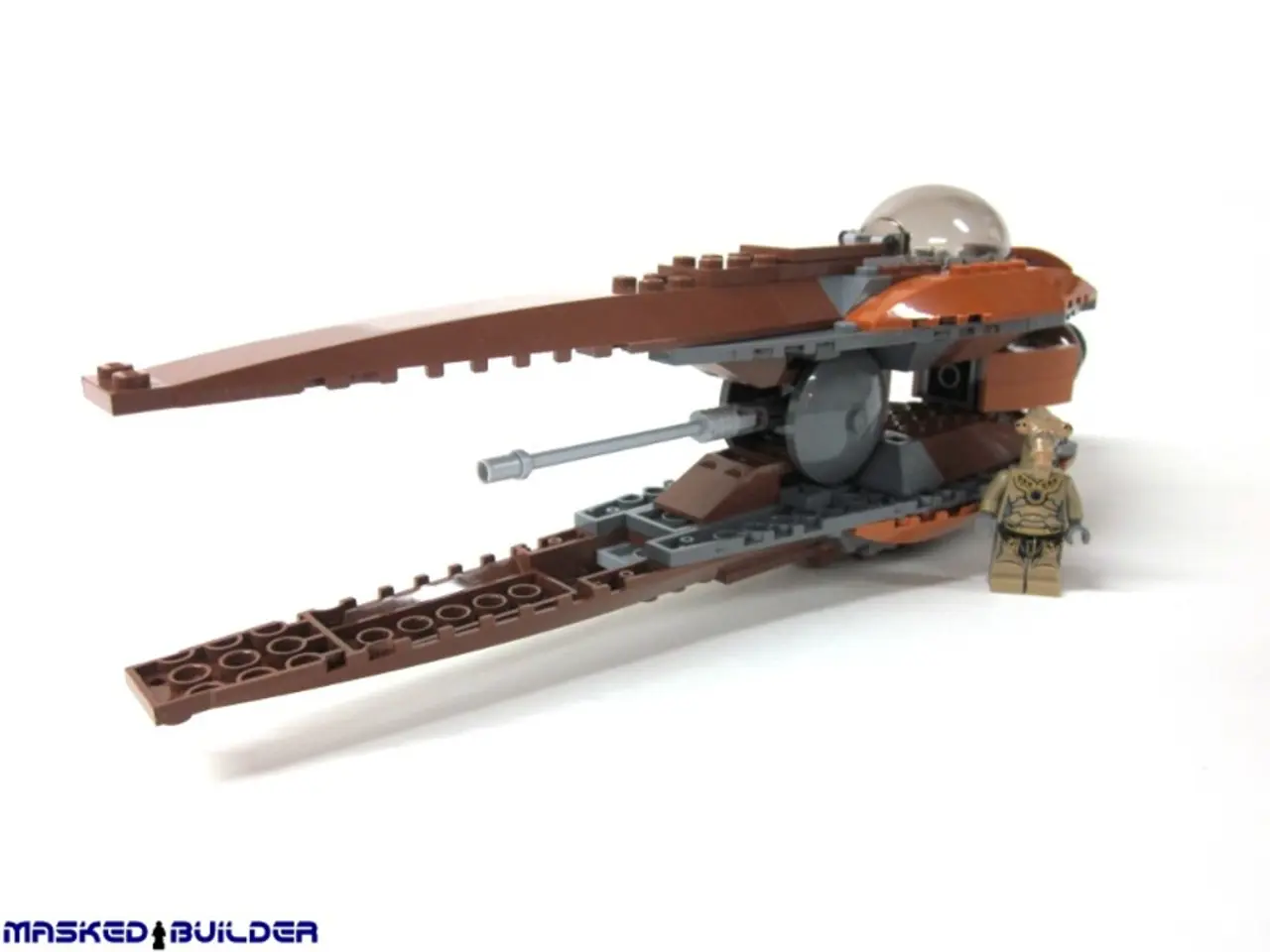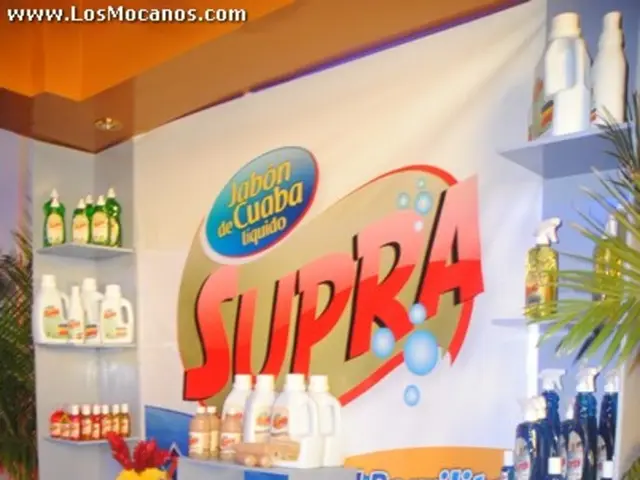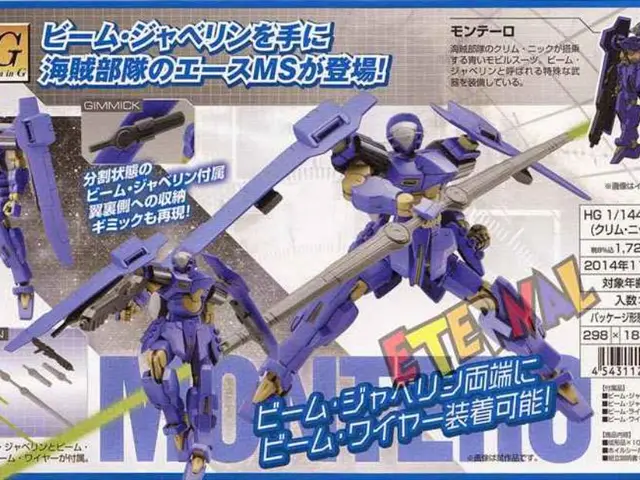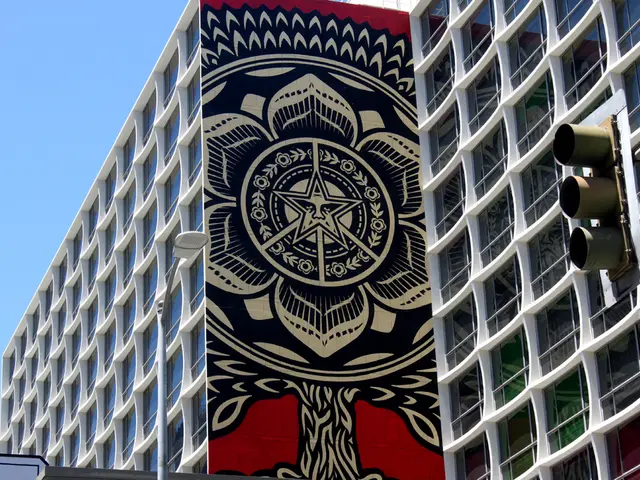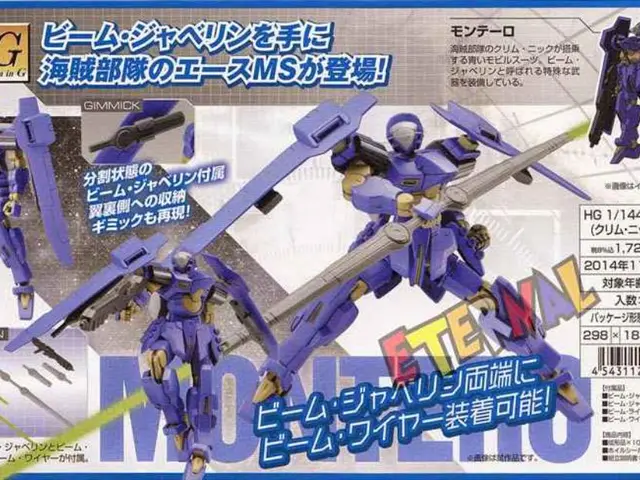Fraunhofer ILT, MacLean-Fogg & Toyota Revolutionize Die Casting Tools with Additive Manufacturing
A collaborative effort between Fraunhofer ILT, MacLean-Fogg, and Toyota has resulted in a significant advancement in die casting tool production. The new method combines additive manufacturing and a specially engineered steel to create larger, more robust tools with improved cooling and durability.
Traditional die casting molds often struggle with cracking, thermal distortion, and reduced durability when used in large-format additive builds. Standard PBF-LB/M machines also lack sufficient build volume. To overcome these challenges, Fraunhofer ILT developed a gantry-based, five-laser PBF-LB/M machine with a build volume of 1,000 x 800 x 350 mm³.
MacLean-Fogg engineered the L-40 tool steel specifically for additive manufacturing. This steel delivers high hardness, tensile strength, and notched impact strength with a lower tendency to crack. Uddeholm, the company behind L-40, has played a crucial role in this development.
The process chain holds potential for broader applications in industries requiring heavily loaded tools with complex cooling structures and short development cycles, such as plastics processing and composite manufacturing. A hybrid production approach was applied to create a tool insert for the transmission housing of the Toyota Yaris Hybrid. This insert features near-contour cooling channels that extend service life up to four times compared to conventional H13 molds.
The automotive industry, facing increasing cost pressures and a shift toward electromobility, stands to benefit greatly from these advancements. For OEMs like Toyota, faster tool development, longer tool lifetimes, and greater design flexibility are now within reach. These developments pave the way for efficient, durable tooling strategies aligned with the future of electrified mobility.
Read also:
- MIH Consortium Chooses BlackBerry for Next-Gen EV Platform
- Aquatech purchases Koch's Direct Lithium Extraction business, merging Li-ProTM DLE technology into the PEARLTM Technology Platform.
- Li Auto faces scrutiny after crash test involving i8 model and a truck manufacturer sparks controversy
- Emerging Investment Trends in China's Ethical Finance Sector for 2025
